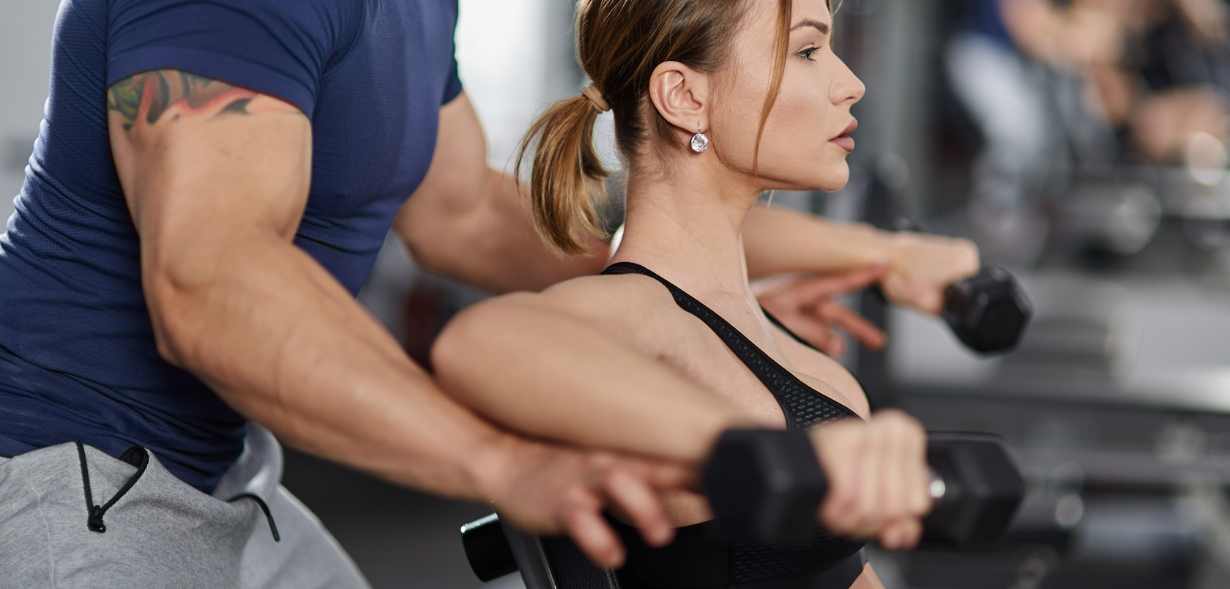Physical Therapy for Athletes: Enhancing Performance and Preventing Injuries
Introduction: Physical therapy plays a crucial role in the care and management of athletes, helping them optimize their performance, recover from injuries, and prevent future setbacks. Whether amateur or professional, athletes subject their bodies to intense physical demands, which can lead to various injuries or impairments. Physical therapists specialize in evaluating, treating, and rehabilitating athletes, tailoring their interventions to individual needs and sport-specific requirements. This article explores the importance of physical therapy for athletes, focusing on enhancing performance and preventing injuries.
- Injury Prevention: Physical therapists work proactively to reduce the risk of injuries in athletes. They conduct thorough assessments to identify potential risk factors, such as muscle imbalances, faulty movement patterns, or inadequate flexibility. By addressing these issues through targeted exercises, manual therapy, and education, physical therapists can help athletes develop better body mechanics, improve proprioception, and enhance their overall conditioning. Preventative measures not only minimize the likelihood of injuries but also enhance athletes’ longevity in their respective sports.
- Rehabilitation and Recovery: When injuries occur, physical therapists play a vital role in the rehabilitation process. They design and implement comprehensive treatment plans that focus on restoring function, reducing pain, and promoting tissue healing. These plans may involve therapeutic exercises, hands-on techniques, modalities like ultrasound or electrical stimulation, and guidance on injury management. Physical therapists monitor athletes’ progress closely, ensuring a safe return to sport while minimizing the risk of re-injury.
- Performance Enhancement: Physical therapy also aims to optimize athletic performance by addressing limitations and maximizing potential. Therapists assess athletes’ strength, flexibility, stability, and movement patterns to identify areas that can be improved. Based on these evaluations, they design customized exercise programs that target specific weaknesses, enhance performance-related qualities, and enhance athletic skills. Physical therapists may also incorporate sport-specific training and conditioning techniques to help athletes excel in their respective disciplines.
- Biomechanical Analysis: Physical therapists possess expertise in analyzing movement patterns and biomechanics, which is particularly valuable for athletes. By closely observing an athlete’s movements during sports-specific activities, therapists can identify any inefficient or faulty biomechanics that may contribute to injury or suboptimal performance. With this knowledge, therapists can then provide targeted interventions, such as corrective exercises or technique modifications, to optimize movement patterns, enhance efficiency, and prevent injury.
- Return-to-Sport Testing: Before athletes can safely return to their respective sports after an injury, they undergo comprehensive testing to assess their readiness. Physical therapists administer various functional assessments to evaluate strength, flexibility, balance, agility, and sport-specific skills. This testing ensures that athletes have fully recovered and regained the necessary physical abilities to resume their sports activities without risking further harm.
- Psychological Support: Athletes face not only physical challenges but also psychological stressors related to their performance and injuries. Physical therapists often work closely with sports psychologists to provide holistic care. They offer support, motivation, and guidance to athletes throughout their rehabilitation journey, addressing mental aspects such as confidence, fear of reinjury, and stress management. By considering the psychological well-being of athletes, physical therapists contribute to their overall success and resilience.
- Education and Injury Awareness: Physical therapists play a crucial role in educating athletes about injury prevention, self-management techniques, and proper body mechanics. They provide guidance on warm-up routines, stretching protocols, recovery strategies, and injury prevention exercises. By increasing athletes’ knowledge and awareness, physical therapists empower them to actively participate in their own health and well-being.
Conclusion: Physical therapy is an essential component of athlete care, focusing on injury prevention, rehabilitation, performance enhancement, and overall well-being. By working closely with athletes, physical therapists provide personalized interventions and support to optimize performance, minimize injury risk, and aid.

